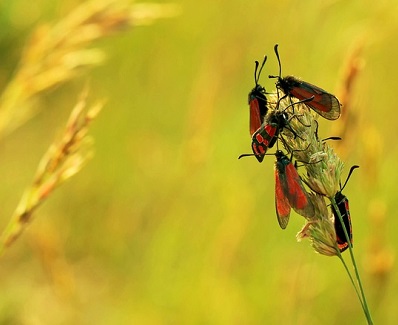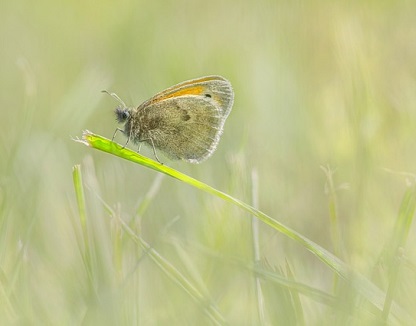Living Planet
Nature · Earth · ClimateNature Notes: July 2024
BROODS BRANCHING OUT
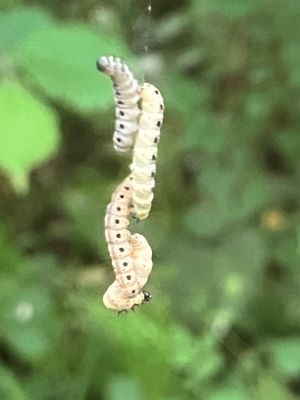
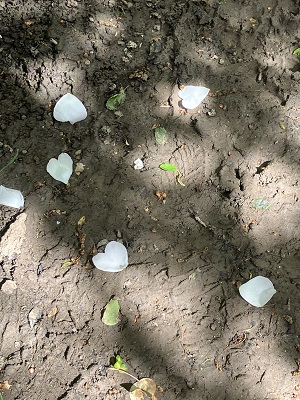
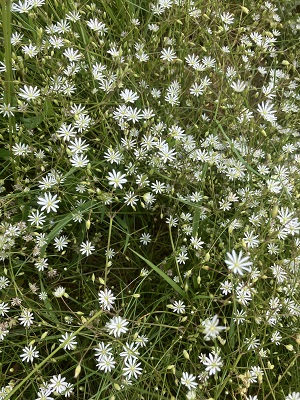
Highlights of June: the wonder of 11 spindle ermine moth caterpillars spiralling down from a single thread - and then another 12 just 2 days later; the contrast of large bright oxeye daisies smiling from verges and swathes of tiny lesser stitchwort stars twinkling from our meadows; footpaths like bridal aisles strewn with heart shaped dog rose petals; baby birds being fed; highly-scented honeysuckle; following a fox as it hunted in long grass; speckled wood butterflies flitting in and out of dappled shade; the squeak of a hidden deer foal and then the protective warning bark of its mother as she crossed my path.
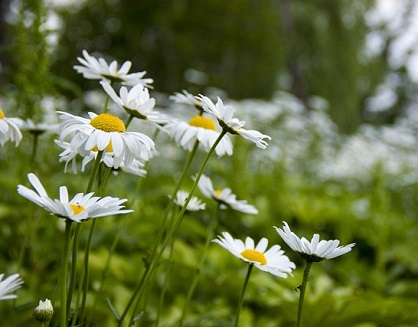
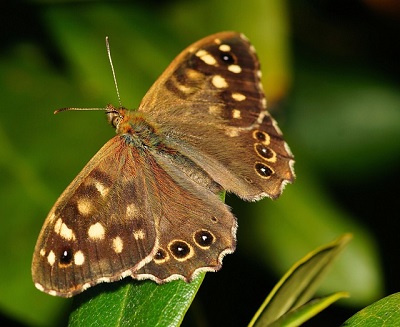
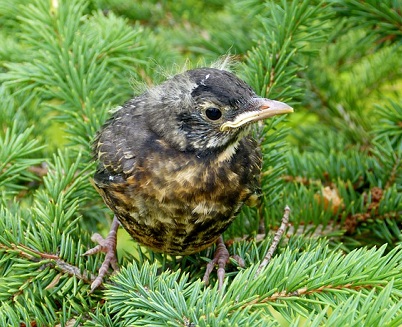
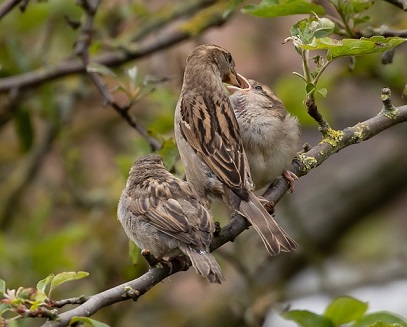
Lowlights: unseasonable weather affecting life cycles; neighbours cutting down nest bearing hedges and trees during the peak of the breeding season; the feathered remains of two young woodpeckers near my feeder; the empty silence of the once nature-abundant furnace lakes since many of the mammals and birds have been shot.
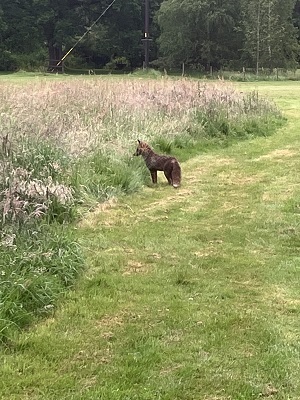
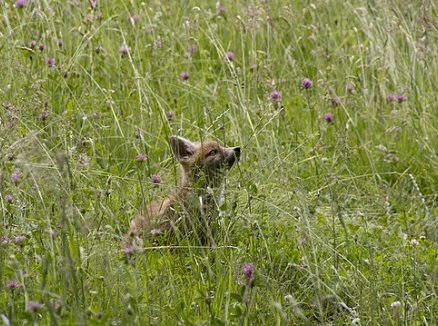
Key Messages: the UK is one of the most nature depleted countries in the world and there are many laws and restrictions around hunting and shooting. Under the Wildlife and Countryside Act 1981, it's also an offence to use a hedge trimmer when there is a bird's nest in your hedge. The RSPB recommends avoiding any cutting during the main breeding season, which with our ever-changing climate seems to be around Feb/March- end August/September.
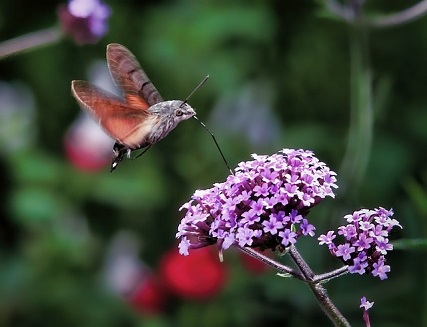
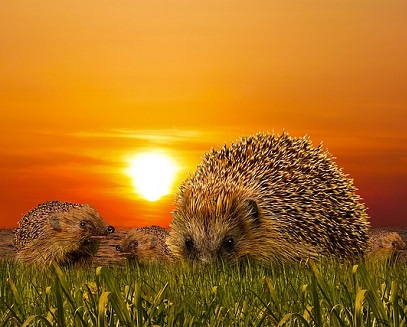
What to look for in July: bats; hovering honeybird hawkmoths on jasmine, and buddleia; flower crab spiders on both wild and garden plants; flying ants; hedgehogs looking for mates; badger. fox cubs and stoat kits playing; female glow-worms flashing their abdomens from the top of tall grasses; the Green-veined white butterfly - the male releases lemon-scented scales to attract the female.
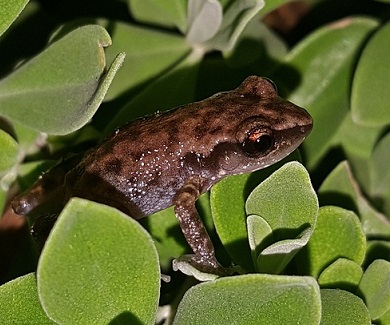
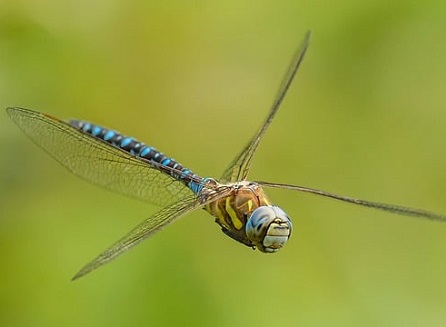
More likely to see: Colourful species of both 'hawker' and 'darter' dragonflies; cuckoo spit on grasses and stems; sunny slippers of common birds-foot trefoil; growing deer foals; fledglings with proper feathers; blackbirds and robins on their second brood (some swallows on their third); the bold yellow and black stripes of cinnabar moth caterpillars; day-flying 6 spotted burnet moths; puffballs on lawns; marzipan scented meadowsweet; painted lady butterflies on thistle, knapweed, ragwort and red valerian; tiny frog and toadlets clambering from ponds for the first time, looking for areas of shade that are safe from predation.
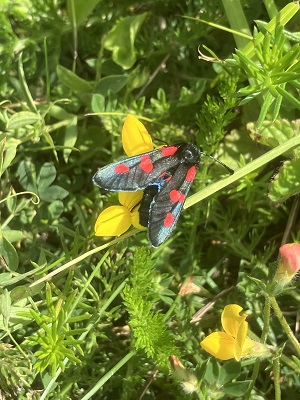
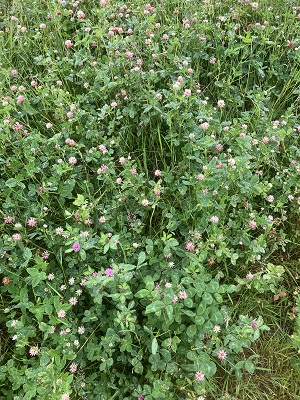
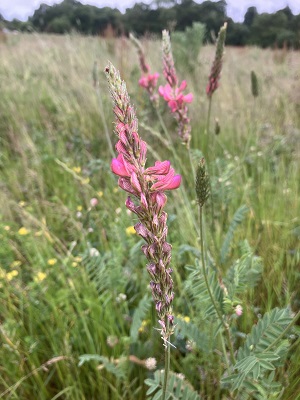
What you can do to help:
1) Leave out water.
2) Tread with care around garden ponds and place shady material nearby to give amphibians a helping hand.
3) Remove any excess blanket weed which can deplete oxygen levels, especially when it's really hot.
4) Take 15 minutes to pause and enjoy the summer and then record butterflies for Butterfly Conservation's Big Butterfly Count (11th July- 4th August).
